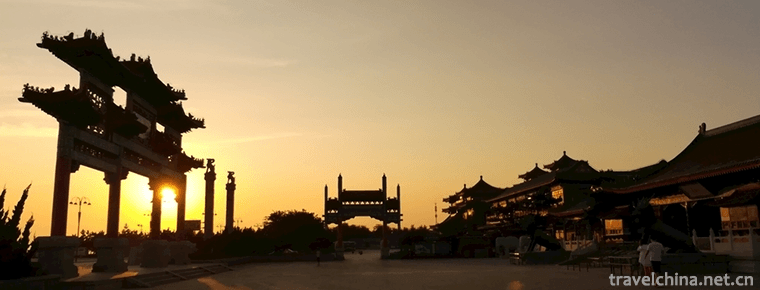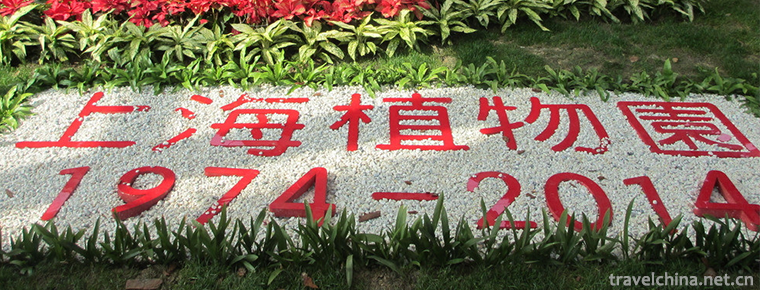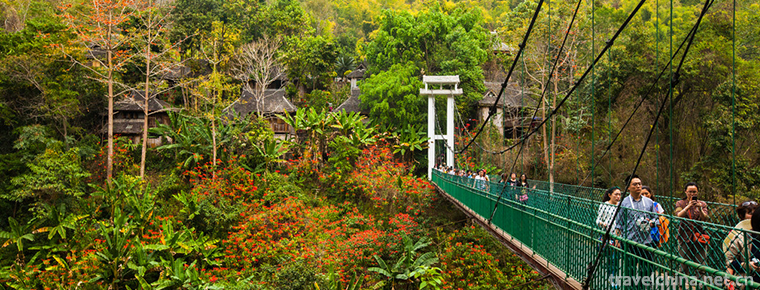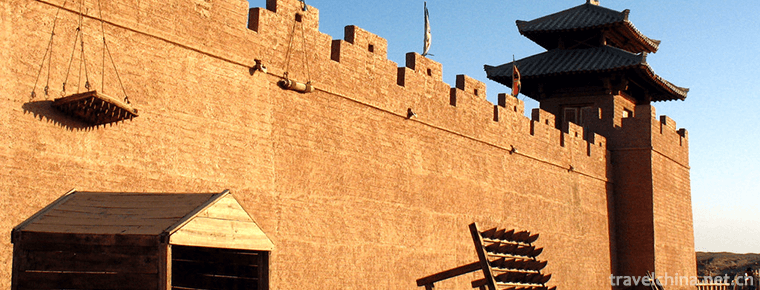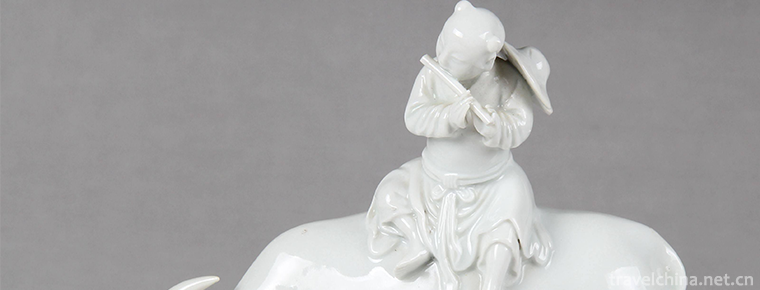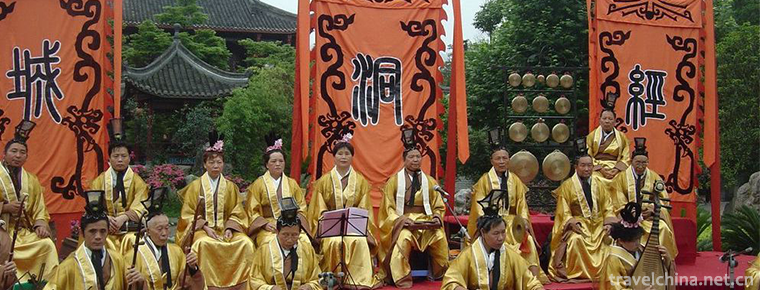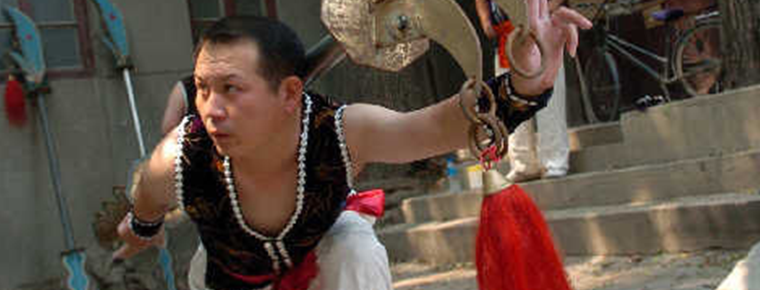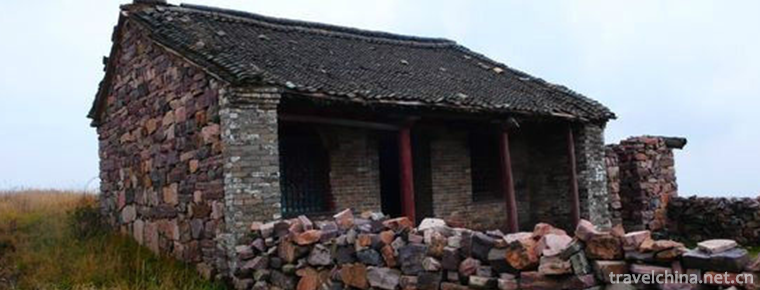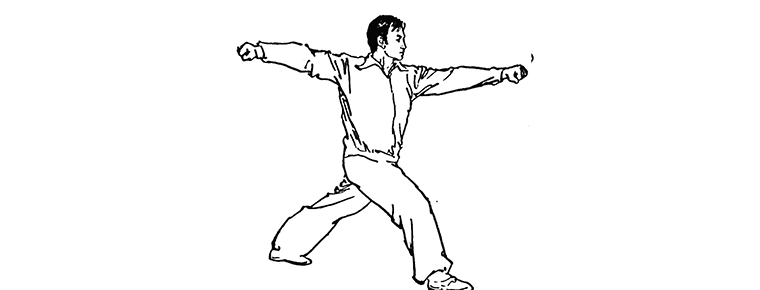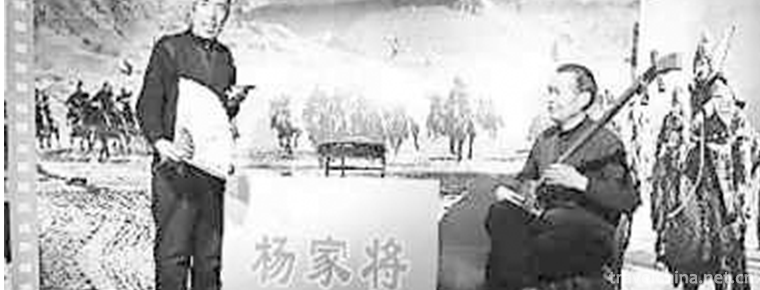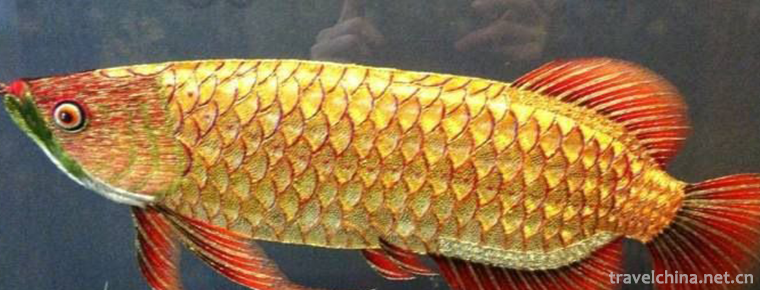Clay sculpture
Clay sculpture, commonly known as
"color sculpture" clay sculpture art, is an ancient and common folk
art in Chinese folk tradition. That is to say, a kind of folk handicraft made
of clay moulding into various images. The method is to mix a little cotton fibre
in clay, mix it evenly, knead it into mud blanks of various characters, dried
in shade, coated with flour, and then painted. It takes clay as raw material,
is manually kneaded into shape, or vegetable or colorful, mainly with people
and animals. Clay sculpture is commonly known as "color sculpture"
and "clay play" in folk. Clay sculptures originated in Fengxiang
County, Baoji City, and are popular in Shaanxi, Tianjin, Jiangsu, Henan and
other places.
On May 20, 2006, it was selected as the first national intangible cultural heritage list.
Historical origin
Since the Neolithic Age, Chinese clay sculpture art has been uninterrupted, and has become an important art variety in the Han Dynasty. Archaeologists have excavated a large number of cultural relics from the tombs of the Han Dynasty, including numerous terracotta figures, pottery animals, pottery carriages, pottery boats and so on. Some of them are hand-held and some are moulded. The ancestors of the Han Dynasty believed that the dead had the same material needs as the living. Therefore, a large number of funeral objects are needed in the funeral custom, which objectively promotes the development and evolution of clay sculptures.
After the Han Dynasty, with the rise of Taoism and the introduction of Buddhism, as well as polytheistic worship activities, the rise of Taoism, Buddhist temples and temples in society directly promoted the demand for clay idols and the development of clay sculpture art. By the Tang Dynasty, clay sculpture reached its peak. Yang Huizhi, known as the saint of sculpture, was an outstanding representative of the Tang Dynasty. He and Wu Taozi's teacher Zhang Sengwan, Taozi's success, Huizhi unwilling to lag behind, resolutely burned pen inkstones, worked hard to specialize in plastic, and eventually became famous. For the praise of the world: "Tao Zi painting, Hui Zhi sculpture, won the way of the monk and God pen".
With the development of clay sculpture art in Song Dynasty, not only large Buddha statues with religious themes continued to flourish, but also small clay sculpture toys developed. Many people specialize in making clay figurines and selling them as merchandise. In the Northern Song Dynasty, Tokyo's famous clay toy "Moji, Drink and Happy" was sold around July 7. Not only did ordinary people buy back "Qiqiao", but also dignitaries and dignitaries buy back to worship and play during the July Eve period.
After the Yuan Dynasty, through the Ming, Qing and Republic of China, clay sculpture works of art are still circulating in society, especially small clay sculptures, which can not only enjoy the display, but also allow children to play. Almost all parts of the country have production, of which the famous production areas are Wuxi Huishan, Tianjin "clay man Zhang", Fengxiang, Hebei Baigou, Shandong Gaomi, Henan Junxian, Huaiyang and Beijing.
Fengxiang painted clay sculpture in Shaanxi Province, which began in the pre-Qin and Western Zhou Dynasties and spread among the people for three thousand years, is the oldest and most ethnic clay sculpture handicraft in China.
According to the textual research experts, the decorative patterns of the paintings are different from those of the bronze wares in the Western Zhou Dynasty. The image modelling of flowers, birds, fish and insects, auspicious birds and auspicious animals is a relic of totem worship, reproduction worship and God worship in ancient China, which reflects the cultural characteristics of totem era. Fengxiang painted clay sculpture, beautiful shape, vivid. It has a strong flavor of local life. The clay sculptures contain figures, animals and plants, mostly hollow circular sculptures, as well as relief hangings. The method is simple and easy to make. The clay and pulp are mixed into plastic mud, the mould is made first, the blank is turned to be dried, the white base powder is applied, and then the colour, painting and polishing are applied.
Fengxiang clay sculpture has a unique color, very bright, strong contrast. It does not use many colors, mainly red, green and yellow. Painting with black ink lines and concise brushwork gives people a bright and striking feeling. Fengxiang's painted sculptures have a wide range of ideas, including theatrical facial makeup, auspicious patterns, folklore, historical stories, folk life and so on. Black cattle, crouching tiger, sitting lion and tiger head are the fist products. Their shapes are refined and exaggerated, and their expressions are vivid and unique.
With the reform and opening up and the development of tourism, the flower of this ancient folk art shines brightly. It has become one of the most important tourist souvenirs in Shaanxi Province. The former US President and Mrs. Clinton, who visited China in June 1998, also came to see the "Wonderful Child". The head of the World Children's Organization (WCO) was given painted clay sculptures, such as the most precious ones, and praised them as the best gift for children. Tourists coming to Shaanxi always take some home as a souvenir.
Inheritance Significance
Clay sculpture art is a kind of Chinese folk art. With natural or cheap materials, folk artists can make exquisite and delicate handicraft and win popular favor. In Ming and Qing Dynasties
Later, folk painted sculptures won the favor of the people, the most famous of which is Tianjin's "clay figure Zhang" and Wuxi's Huishan clay figure. It has already gone abroad and become a messenger of cultural exchanges between China and foreign countries. It has traveled far across the oceans and is accepted and loved by more and more countries and people. Although clay sculpture is not based on science and technology, it does add new highlights to your life. Simple, intuitive, real and more "zero distance". It is also very challenging in terms of collecting time and has collecting value. That is to say, every piece of work is manufactured by hand, all are orphans, unique in the world. There is no copying, copying, piracy and other infringement phenomenon. It is different from other art forms such as oil painting, paper-cut, relief and so on. The clay sculpture art has a strong visual impact effect, and its appreciation angle is extremely rich and diversified, which is closer to people's life. Today, with the rapid development of high technology, it is a concrete portrayal of people's pursuit of returning to the original, but also a reflection of people's pursuit of fashion and personality.
Fat, red face, slightly smiling, wearing a red cotton-padded jacket, walking in the streets, everywhere you can see this little girl named "Dream Wa". She is well known through the public service advertisements of "Talking about Civilization, Treeing New Style - Chinese Dream and Dream Series", and her naive appearance is unforgettable. "To create a dream baby, I just want to convey my yearning for a better future..."
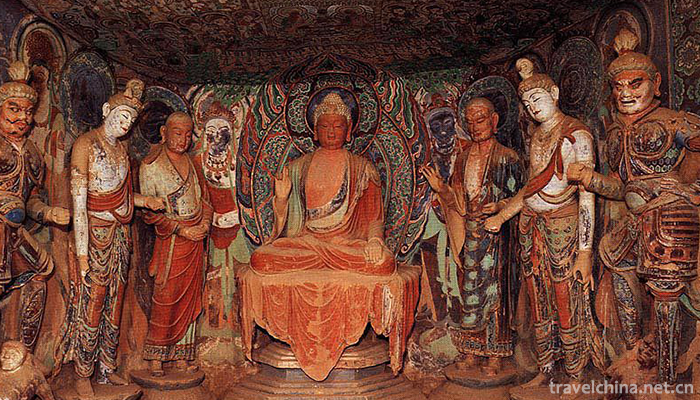
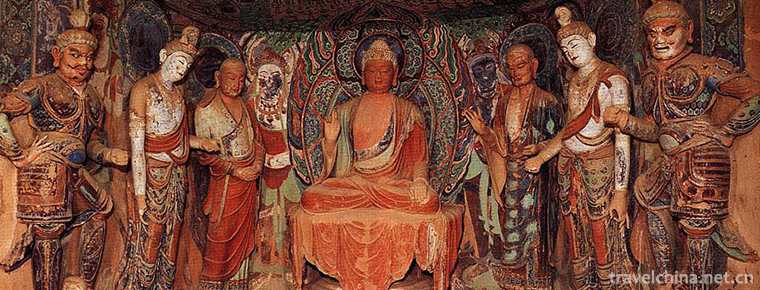
Clay sculpture
-
Sanxianshan Scenic Area
Sanxianshan Scenic Area is located in the northern end of Penglai City, Shandong Province, along the Yellow Sea. It is adjacent to Baxian Cross-Sea Scenic Area in the west,
Views: 163 Time 2018-12-17 -
Shanghai Botanical Garden
Located in the southwest of Xuhui District, Shanghai Botanical Garden, formerly Longhua Nursery, is a comprehensive botanical garden with plant introduction, domestication and display
Views: 224 Time 2018-12-19 -
Xishuangbanna Primitive Forest Park
Xishuangbanna Primitive Forest Park, located in the east of Jinghong and north of Lancang River, is 8 kilometers away from the seat of the state capital.
Views: 206 Time 2019-02-25 -
Yumen Pass Yumenguan
Yumenguan was named after Emperor Wudi of Han Dynasty when he opened the Western Regions Road and set up four counties in Hexi. The Han Dynasty was a gateway to all parts of the Western Regions.
Views: 620 Time 2019-03-06 -
Sintering Techniques of Dehua Porcelain
Dehua ceramic firing technology is a traditional handicraft in Dehua, Fujian Province. Dehua ceramic production began in the Neolithic Age, flourished in the Tang and Song Dynasties
Views: 176 Time 2019-04-26 -
dongjing music
Dongjing music is a very ancient traditional instrumental music, which originated in Sichuan Province in the Song Dynasty and is now popular in Sichuan Province
Views: 203 Time 2019-04-28 -
Hui Heavy Knife Wushu
Heavy knife is the original name of big knife. It is a traditional weapon around Beijing and Tianjin. It has a history of thousands of years in China. The original name of Jinmen
Views: 191 Time 2019-05-04 -
The Legend of Shun
Shun was born in Zhufeng Village, Yongji County. His surname is Yao and his name is Chonghua because of his double pupils. Soon after his mother gave birth, he died. His father married a stepmother an
Views: 140 Time 2019-06-16 -
Xingtai plum blossom boxing
Plum Blossom Boxing is also called Plum Blossom Pile and Plum Blossom Boxing. One of the traditional Chinese martial arts. For the convenience of drilling, drilling on the ground is more extensive, kn
Views: 177 Time 2019-07-08 -
Legend of Yang Jiajun
The Legend of Yang Jia Jiang is a kind of literature expressed by folk rap in Northwest China. The story of the generals of the Yangs has a long history. It began to circulate as early as the Song Dyn
Views: 143 Time 2019-07-11 -
Guangdong embroidery
Guangdong embroidery is the general name of Guangzhou embroidery (Guangzhou embroidery) and Chaozhou embroidery (Chaozhou embroidery). It is one of the four famous embroidery in China.
Views: 220 Time 2019-07-16 -
Beijing Normal University
Beijing Normal University is a key university directly under the Ministry of education. It is a famous university characterized by teacher education, educational science and liberal arts basic subject
Views: 192 Time 2019-09-06
